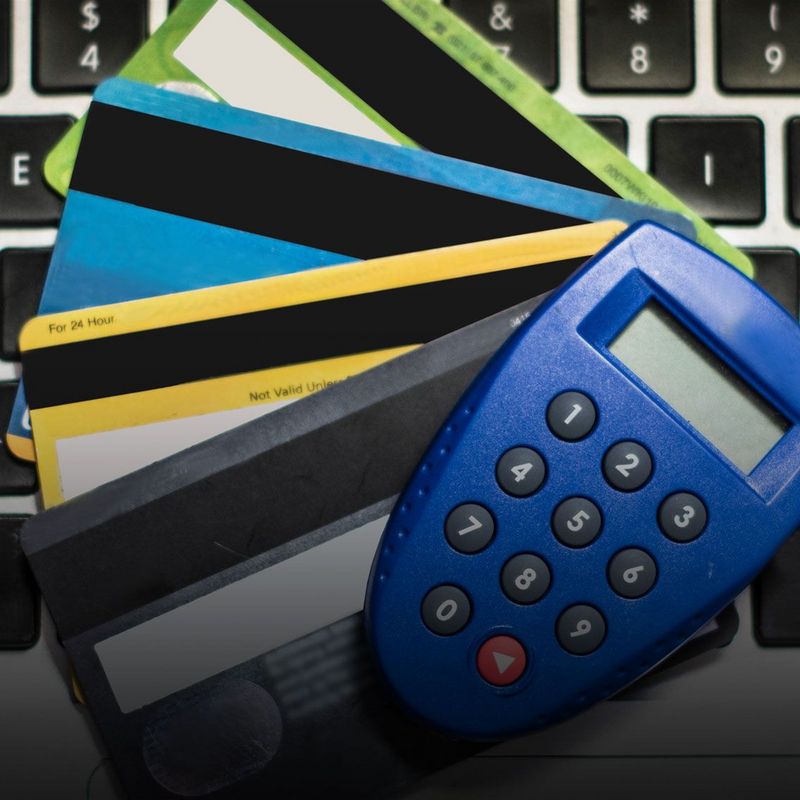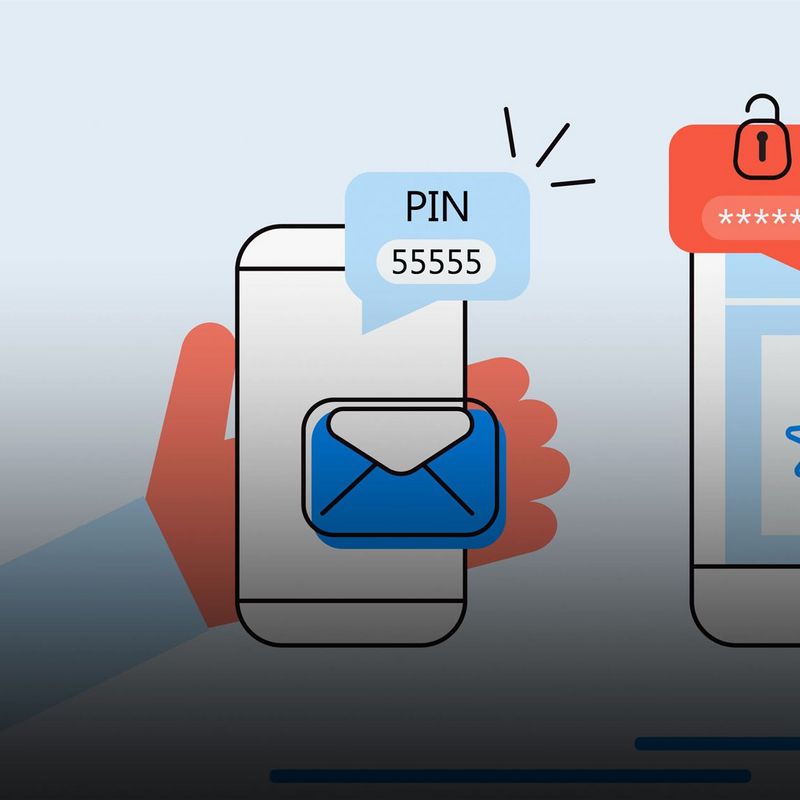25. Februar 2021
Cryptocurrencies such as Bitcoin are booming, and cashless payment, even for the smallest of daily purchases, is already the norm in many countries. Growing numbers of states are also looking to launch digital variants of their currencies. The first trial runs for the e-krona and the digital yen are already underway in Sweden and China respectively. For its part, the European Central Bank (ECB) is working on an electronic Euro. What might the e-Euro look like and what would be its benefits? We address the most important questions.
Why bother with a digital Euro?
Cash is losing importance, and electronic forms of payment are becoming more and more popular. The ECB is responding to this trend and is keen to make the Euro fit for the digital age. Accordingly, the central bank is currently considering launching a digital currency. The e-Euro is intended not to replace notes and coins, but to supplement them as a “quick, simple and safer means of payment”. This would mark a response on the part of the currency guardians to the market power of overseas private payment services – and to cryptocurrencies such as Bitcoin and Facebook’s Diem (formerly Libra). The aim is to prevent Europe from becoming dependent on digital means of payment which are issued and controlled in countries outside the EU. The ECB’s concern is that this could undermine the EU’s financial stability and monetary sovereignty. The crucial difference between the e-Euro and Bitcoin and other cryptocurrencies is that it would be under the supervision of a central bank whose job it would be to ensure the currency’s stability. The hope is that there would be significantly more confidence in this electronic currency than in chronically fluctuating cryptocurrencies and payment methods, such as Apple Pay or Google Pay, which are backed up, not by central banks, but by large corporations whose solidity is not always assured in times of crisis.
What might the e-Euro look like exactly?
Representatives of the ECB and the European Commission are working together on a panel of experts to “clarify the institutional, legal and practical aspects of creating a digital Euro” – in other words, the project is still at an early stage. Various questions of a technical and structural nature need to be answered first: for example, whether decentralised systems, such as blockchain, or conventional databases will form the technological backbone of the digital currency. On the other hand, it seems certain that the e-Euro will be available to companies and individuals alike. The expectation is that digital money would be held in a separate account, i.e., independently of the classic current or credit card account. In practice, this account would be held with the ECB but administered by commercial banks.
What are the arguments for the e-Euro?
Its proponents expect the digital currency to offer many benefits. Today, bank transfers to China sometimes take longer than it does for goods ordered from there to arrive. A digital currency could reduce the time taken up by cross-border payments to a matter of seconds. Micropayments would also be feasible with the e-Euro. Such small transfers come into play, for example, when an electric car charges up at a charging station for a few minutes for just a few cents. Moreover, the digital currency would make the Internet of Things solvent: networked machines could automatically and independently post sales and costs – saving companies time and administrative costs.
And what are the arguments against it?
Critics fear that an electronic Euro could in the long run displace cash and undermine data protection. Or that it might even destabilise the banking system if companies and private individuals were to switch their money from current accounts to secure e-Euros, especially in times of crisis.
Are data protection and digital money compatible?
The ECB is promising that the protection of privacy is a priority in the development of the digital currency. Unlike with private providers, users would be able to rely on their payment data not being used to analyse their shopping habits. According to Fabio Panetta, a member of the Executive Board of the ECB and head of the working group on the e-Euro, smaller amounts at least should be able to change hands anonymously and offline, just like cash. One possibility here would be to use what are known as anonymity vouchers, with which the ECB has already experimented. Users could use these coupons to purchase products and services without being tracked by the system.
Is the e-Euro shaking up the banking system?
In its deliberations, the ECB is also wary of the possibility of destabilisation of the current financial system. To mitigate the risk of a digital run on the banks, the plan would be to limit a user’s credit to just a few thousand e-Euros. Another option, according to Fabio Panetta, would be to impose punitive interest rates on digital Euro stocks above a certain threshold. The benchmark figure suggested by the ECB director is a limit of 3,000 Euros. However, such an approach cannot guarantee 100% privacy. For example, a supervisory authority would have to be able to determine whether a person has two different digital Euro accounts, which might, for instance, be linked to different smartphones.
When can we expect the e-Euro to arrive?
There is no timetable yet for the introduction of the e-Euro. The ECB and national central banks are currently examining the benefits and risks of a digital currency. The ECB’s Governing Council intends to take a decision in principle on whether to pursue the E-Euro project by mid-2021. ECB President Christine Lagarde has suggested that, if the electronic Euro gets the go-ahead, it could be in the virtual wallets of businesses and consumers in five years’ time.
Entdeckt, erklärt, erzählt. Der Podcast von #explore
Jeden zweiten Mittwoch neu: Entdeckt, erklärt, erzählt ist der begleitende Podcast zu unserem Online-Magazin #explore. Zu hören gibt's spannende Talks und Hintergrundgespräche. Gleich abonnieren bei Apple Podcasts, Google, Spotify oder in Ihrer Podcast-App.
Mehr Infos


